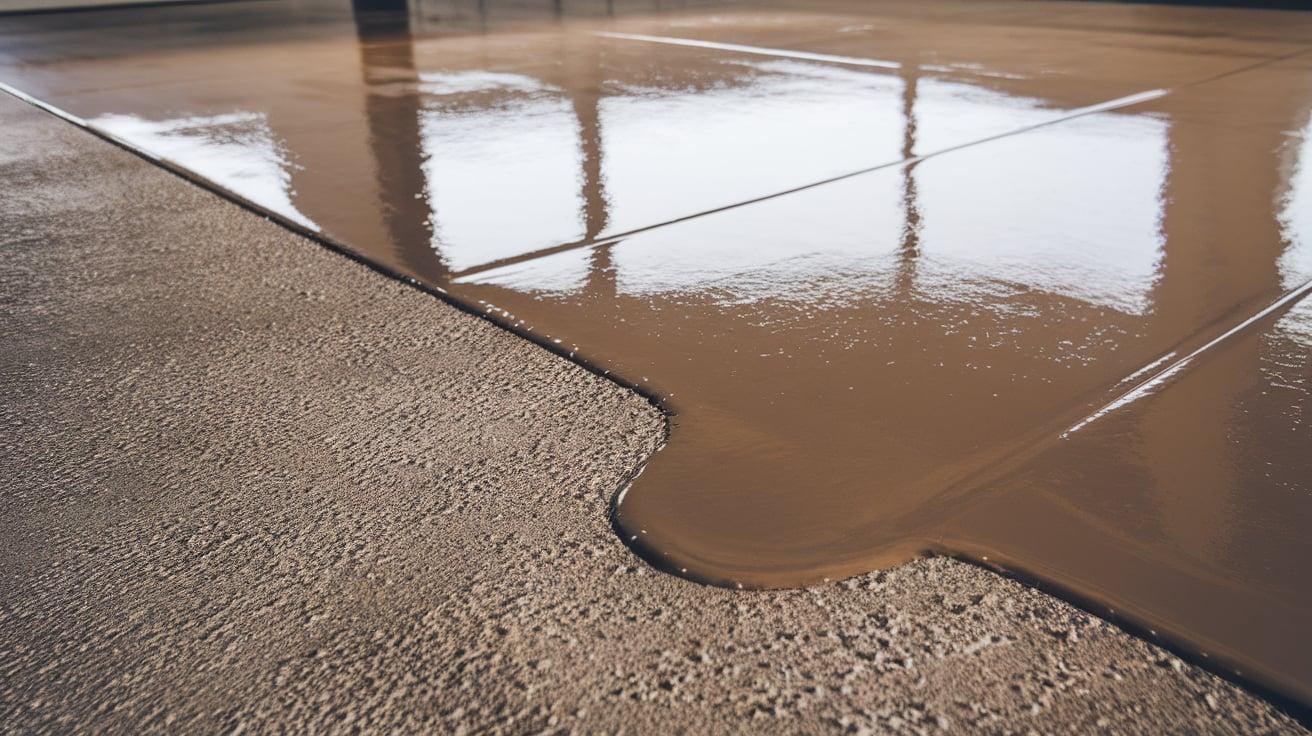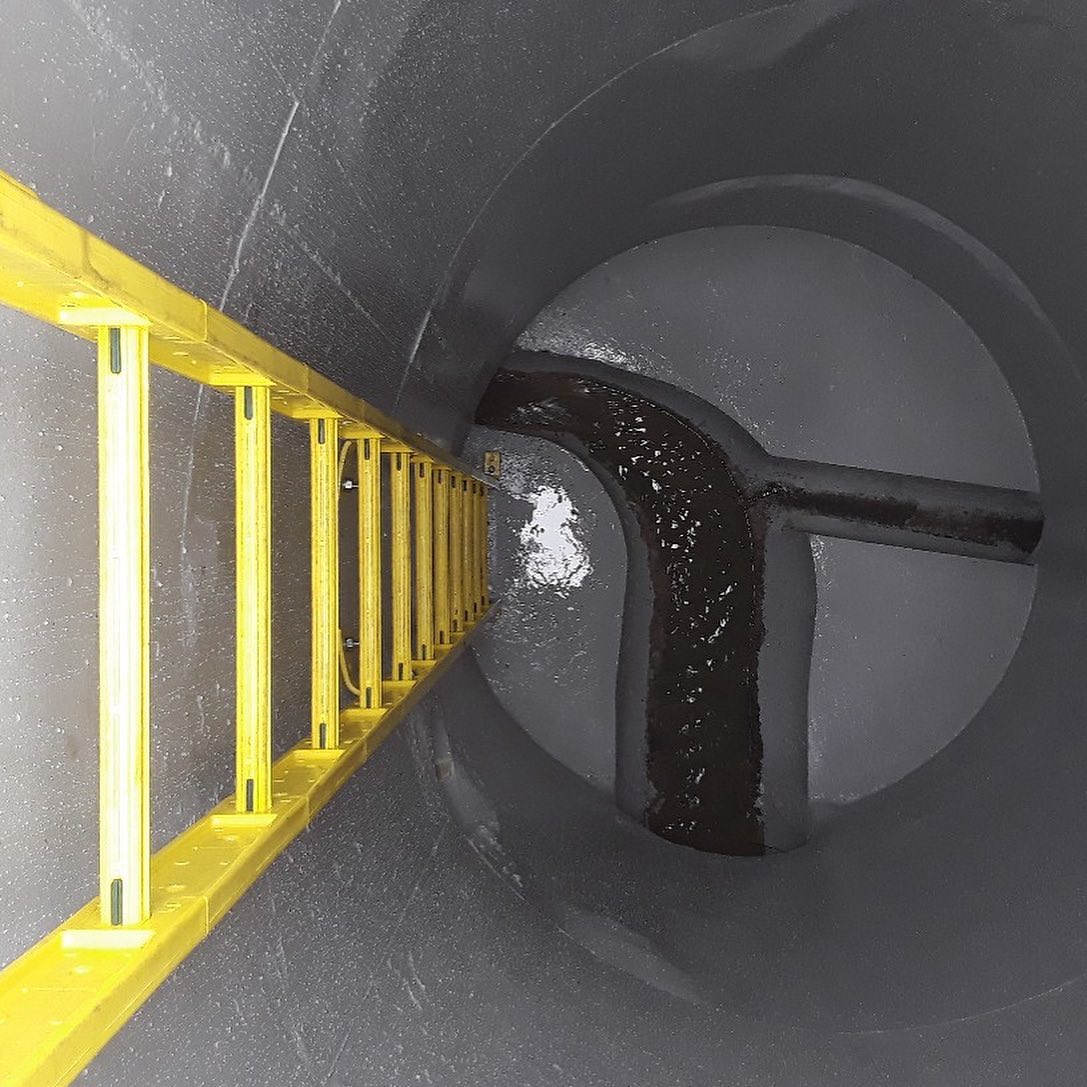Building owners and developers are increasingly grappling with a pressing issue-the heat trapped on rooftops in various climates. This heat, known as the ‘heat island effect, ‘not only escalates indoor temperatures, leading to higher cooling costs and strain on air conditioning systems but also hastens the deterioration of roofing materials. As a result, there is a growing demand for durable and efficient solutions, with polyurea coatings emerging as a promising option.
Unlike conventional roofing materials that absorb heat, polyurea coatings stand out as a solution for controlling rooftop heat levels. These coatings reflect a significant portion of sunlight, maintaining cooler building temperatures. This unique reflective quality reduces the heat entering the building, thereby cutting down on air conditioning expenses and making polyurea’s robustness and adaptability ideal for rooftop usage in the face of weather exposure and temperature changes.
Polyurea coatings offer an advantage for rooftops due to their resistance to extreme temperatures, unlike other roofing materials such as asphalt and tar based products that tend to weaken and degrade in high heat conditions over time, causing cracks and leaks that necessitate expensive fixes or replacements. Polyurea coatings can remain durable when exposed to prolonged heat, as their unique composition enables them to expand and contract in response to temperature fluctuations without compromising their protective qualities. Polyurea coatings’ durability is particularly advantageous for roofs in regions where conventional materials could potentially falter.
Polyureas’ distinctiveness compared to roofing options lies in their speedy application and curing process. Unlike roofing materials that involve lengthy installation procedures and extended curing times, polyureas can be applied swiftly and cured within minutes. This rapid curing duration reduces downtime and guarantees immediate roof protection. This feature benefits building owners and contractors by minimizing disruptions and accelerating project completion.
Polyureas are not just good at reflecting heat on rooftops; they also excel in keeping water out with their properties – a crucial feature for roofs facing scorching heat and heavy rainfall regions! By forming a shield against moisture infiltration beyond mere heat reflection benefits, polyureas play a key role in safeguarding roofs from water damage over the long haul – ultimately saving building owners money by extending the roof’s lifespan and minimizing repair needs.
Many conversations concerning the management of heat in rooftop areas tend to forget the impact of UV radiation on the deterioration of roofing materials over time. UV rays can result in the breakdown of materials, causing cracks and fading while reducing efficiency. Polyurea coatings are formulated to withstand UV damage and sustain their durability and flexibility with extended sun exposure. This ability to resist UV deterioration not only prolongs the lifespan of rooftops coated with polyurea but also makes them a financially smart choice in the long term.
Polyurea’s flexibility is one of the reasons it’s a popular option for rooftop projects; it can be used on various surfaces, such as concrete and metal, without the need for a full roof overhaul. This allows property owners to strengthen their current roofs easily and cost-effectively by applying it directly to the surface, forming a durable protective coating that adheres securely to the substrate. The convenience of using it not only helps save time and effort but also offers an extra level of defense against heat and weather-related damage.
Polyureas provide practical advantages and a more eco-friendly solution for managing rooftop heat levels effectively. These coatings help reflect heat and reduce energy use, reducing greenhouse gas emissions. Building owners and developers increasingly seek methods to enhance energy efficiency and achieve sustainability targets. Polyureas emerge as a material that aligns well with these objectives. Furthermore, some polyureas are specifically formulated to be environmentally friendly, with volatile organic compounds (VOC) promoting eco-conscious construction practices.
Polyureas are commonly used for rooftops to reflect heat and shield against weather conditions; however, they also enhance a building’s appeal. These coatings come in colors and finishes, enabling property owners to select a coating that seamlessly matches the building’s design. This blend of practicality and style enhances the properties, making polyureas a choice for business and residential construction.
In summary, polyurea offers a lasting solution to rooftop heat issues. Its ability to reflect sunlight, withstand temperatures, and repel water intrusion sets it apart from conventional roofing materials. With the increasing demand for sustainable construction solutions, polyurea’s versatility and enduring benefits make it a top choice for combating rooftop heat concerns. For building owners and construction professionals looking to save on energy expenses and protect their assets, polyurea offers a practical, innovative, and durable approach over time.




